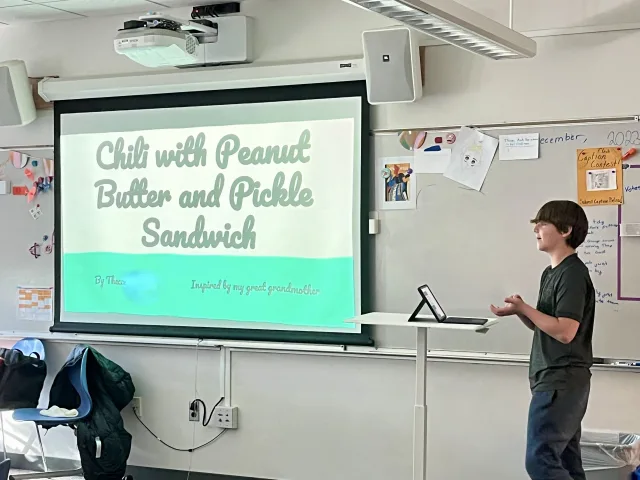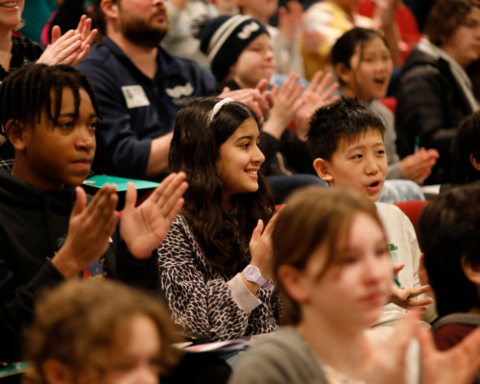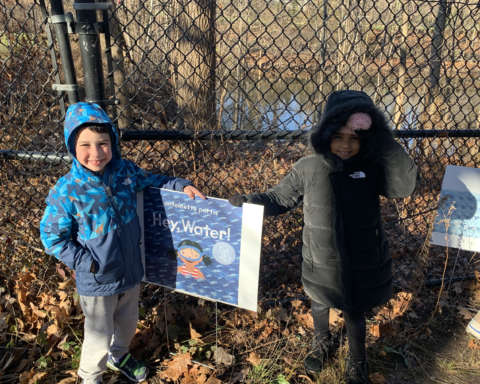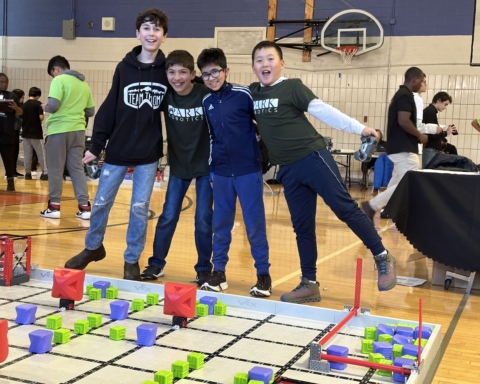In Grade 7, the English program focuses on “the power of stories.” Over the course of the year, considering why stories matter and how they matter is the center point of all the work they do. One way through which English teacher Amelia DeFrancis has challenged her students on why and how stories matter is through a wonderfully creative cook project. The project is more than an exercise in culinary arts–It’s an immersive exploration of cultural heritage, identity, and personal connections.
The cookbook project lends itself to the storytelling theme as students use food as their lens for self-exploration. By intertwining food traditions with personal reflections, this project offers students a unique platform to delve into their family histories, cherished memories, and the significance of their favorite shared meals.
The project launched after Thanksgiving break with thought-provoking journal prompts designed to evoke memories and reflections on family food cultures. Amelia asked her students to consider questions like: Did their family have any “food traditions”? Were there recipes that held a special place in their stomachs? These prompts served as catalysts, sparking reflections on familial bonds, shared memories, and the intrinsic values of traditional recipes that transcend generations.
At the heart of the project lies a profound exploration of identity and nostalgia. Students are tasked with selecting a recipe or tradition resonant within their family, enabling them to delve into the intricate web of emotions, memories, and narratives woven around these culinary delights. A pivotal component of the project is the interview segment, where students engaged in conversations with family members, learning the history of their recipe. These interviews, limited to a concise five minutes, revealed to students their recipe’s significance and the cherished memories associated with it. Addie C. said, “It was hard, at first, to decide which recipe to do. I would do chocolate chip cookies, but everyone knows what that is. I did not know the correlation between the soup I ate with my family and my grandfather fighting for his country. I learned a lot about not only my food culture but culture in general.”
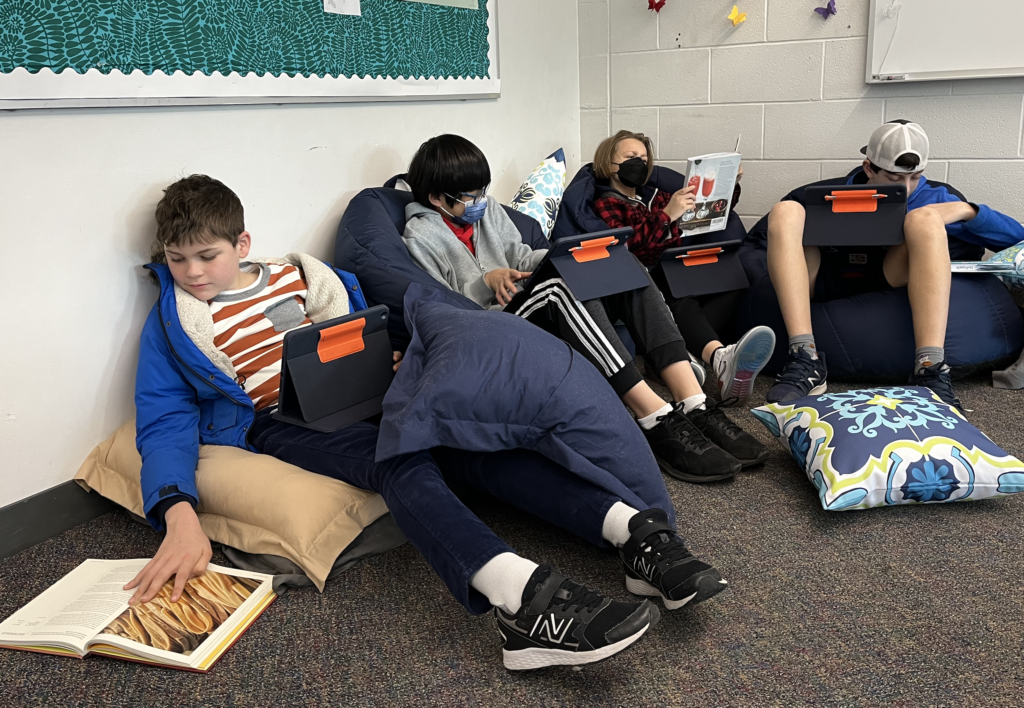
Students were introduced to FOOD52’s curated podcast series, My Family Recipe, to broaden their understanding and perspective. These podcasts delve into various aspects of food culture, traditions, and the role of food in shaping societal structures. This external exploration complements the students’ internal journey, providing a broader context and fostering a nuanced understanding of the multifaceted world of culinary arts.
Embracing food as both sustenance and symbol, students deepened their understanding of their roots and cultivated an appreciation for the diverse tapestry of culinary traditions that enrich our global community.
The crux of the project lies in each student creating a recipe page that includes a headnote with the dish’s story. Students take on the role of storytellers, weaving together visuals, their interviews, and personal reflections to paint a vivid picture of the significance of their chosen recipe. The interviews conducted earlier in the project metamorphose into headnotes accompanying the recipes, adding a personal touch and authentic voice to their recipe page. Nick N. liked writing the headnotes “because it made me think more about which recipe to choose. I wanted to learn something new about a recipe I have enjoyed forever.” Students were introduced to various cookbooks to inspire their recipe headnotes, including Priya Krishna’s Indian-Ish, Eric Kim’s Korean American, Samin Nosrat’s Salt Fat Acid Heat, and Molly Baz’s Cook This Book to inspire their recipe headnotes.
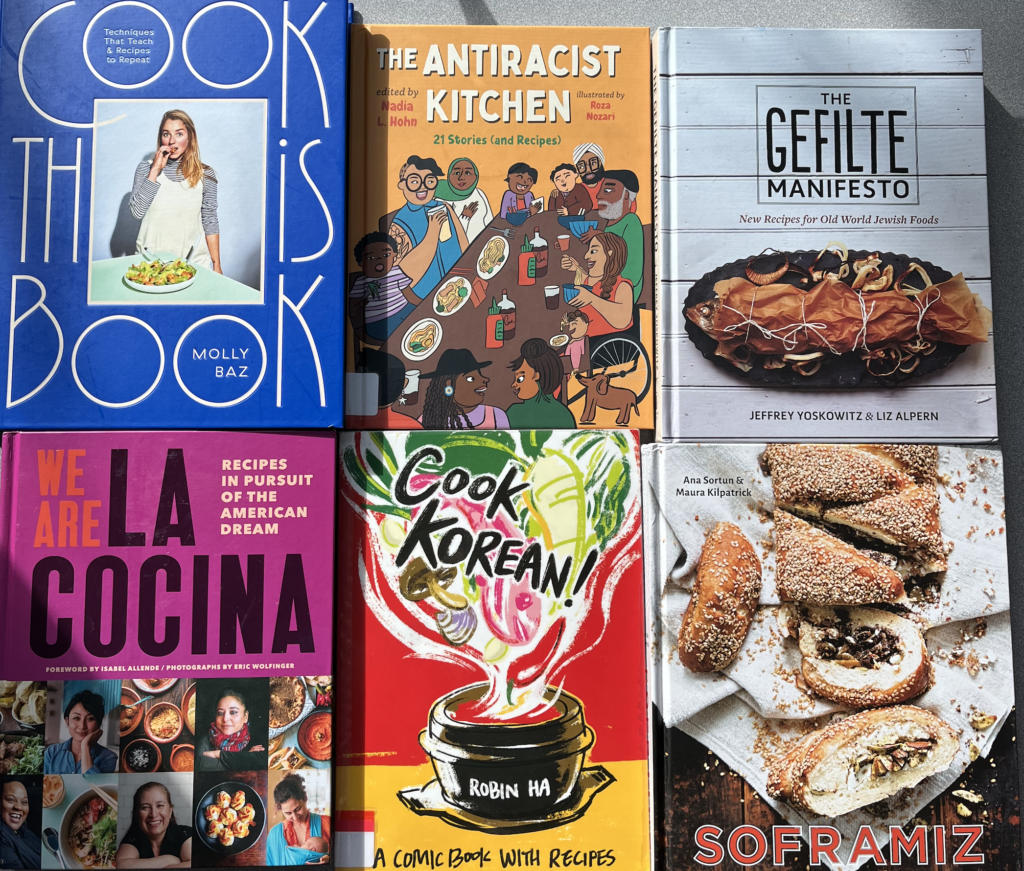
Students then wrote out their recipes as they made them themselves to ensure their instructions were easy to follow. Addie C. learned a lot from this exercise: “I learned that your instructions have to be detailed but can’t be too complicated. But they were too long, and no one would read it. I got rid of the random things, like when I tried making it, that didn’t seem helpful. I saw places where I was going on and on about random things that weren’t helpful.”
After completing the project, Amelia compiled a classroom cookbook featuring all the delicious recipes gathered by the students. The final part of the project was a short presentation to the class about the recipe they chose and why. Annie M. shared, “I liked making the slideshow because we got to be creative. There was no right or wrong way to do it.” Every student was proud to present their chosen recipe and tell their classmates the stories behind each one; some even planned to share it with their family members over winter break.
The project’s culmination, creating a classroom cookbook and the heartfelt presentations, underscored the transformative impact of storytelling, proving that when words and flavors intertwine, they create shared human experiences. Embracing food as both sustenance and symbol, students deepened their understanding of their roots and cultivated an appreciation for the diverse tapestry of culinary traditions that enrich our global community. Check out the cookbook here!

